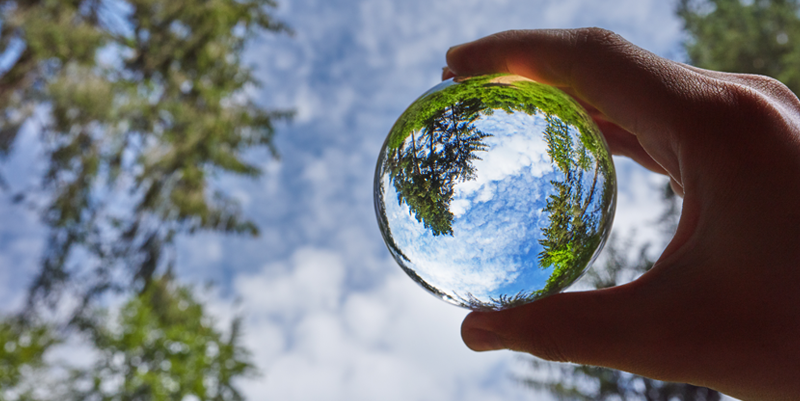
December 15 2021
“Logic will get you from A to B. Imagination will take you everywhere” – Albert Einstein. As an aphorism it’s way more meaningful than you might think. Above all, it helps us understand that sustainable packaging should be considered as an absolute goal rather than merely a challenge.
A 2017 report (Global Packaging Market 2017-2021) forecast the market to grow to US$ 440.3 billion by 2025. Back then, global market scenarios and trends seemed fairly predictable: no one could have expected that Greta Thunberg would arrive on the scene out of the blue and come to embody and amplify the hopes of a whole generation. The report indicated the demand – or rather the need – for sustainable packaging as a driving force for the industry: hence US$ 440.3 billion is likely to prove a conservative projection.
Let’s go back to Einstein. Logic says that implementing change requires substantial investments, continuous research, entrepreneurial risk: in short, a string of hurdles that mean change can’t be hurried. But this doesn’t account for imagination and out-of-the-box thinking. The patterns we learn from experience are useful as a guide to development. Once they are used up, however, they can become a hindrance: and it is at this point that it’s time to break the mold, using imagination to create new scenarios.
Sustainable packaging’s history is emblematic: at first solely the preserve of engineers, packaging then became a creative discipline for designers and a form of expression for post-Millennials, thus opening new opportunities. Once unthinkable materials, out-of-the-ordinary production protocols and unusual design methods brought a new energy and fresh solutions. The fascination generated in the collective imagination did the rest: nowadays, sustainable, multi-purpose packaging is something that people ask for as a matter of routine. It represents irreplaceable added value for those that offer it, an intangible asset that is bound to last.
iT’s Tissue and Sustainable Packaging
Habits can lead to a mindset which stands in the way of progress. Precisely for this reason, iT’s Tissue’s founding companies’ research style entails, first and foremost, pattern evaluation: when a pattern has run its course, a new one is adopted to replace it. In this respect, reference documents can be a real help: ANZPAC Plastic Pact is a constant source of inspiration, as are Conai’s (Consorzio Nazionale Imballaggi) prevention incentives, which set new benchmarks for raw materials supply, production, use and reuse, logistics and recycling. Imagination is fostered, letting creative energy loose and channeling it into industrial processes oriented towards defined goals. Involving clients and suppliers alike, this small, yet significant revolution is fulfilled through production strategies, products, as well as with machines capable of supporting upgrades that were inconceivable, even when the machine itself was at the design stage.
So sustainable packaging is not a challenge, but a goal: it’s not something to be won or lost, but to be achieved – no ifs, no buts – in the shortest time possible.
Key Facts and Statistics
According to A Plastic Planet, 40% of plastic produced in 2018 was not recycled: nevertheless, the growing, widespread awareness of the environment as well as the planet itself requires not only increased recycling rates, but also materials that are truly and fully eco-compatible. This holds especially true for toilet and household paper, where annual per capita consumption is sky-high. An Ipsos survey points out that: “In line with current trends, Italians are willing to adopt more sustainable consumption habits, such as opting for recyclable goods (48%) or biodegradable packaging (41%) and re-using disposable products (43%)”. Research and records aside, there is also significant empirical evidence, which is very telling about consumer sensibilities: as of Summer 2019, on the international version of change.org, 1,119 petitions were tagged with the word “packaging”, and they all addressed the reduction of packaging waste.
How Long Will It Take to Reach our Goals?
Our goals have been already reached and even exceeded. Technologies, solutions and new products are available. Shelves are filling up with the sustainable products that iT’s Tissue’s network companies contributed to create. Yet, sustainability ensues from the combined action of producers and consumers: thus, consumer behavior is the key, right from the moment a product lands in the shopping basket, physical or virtual. Proper use and recycling are crucial for sustainability to be meaningful.